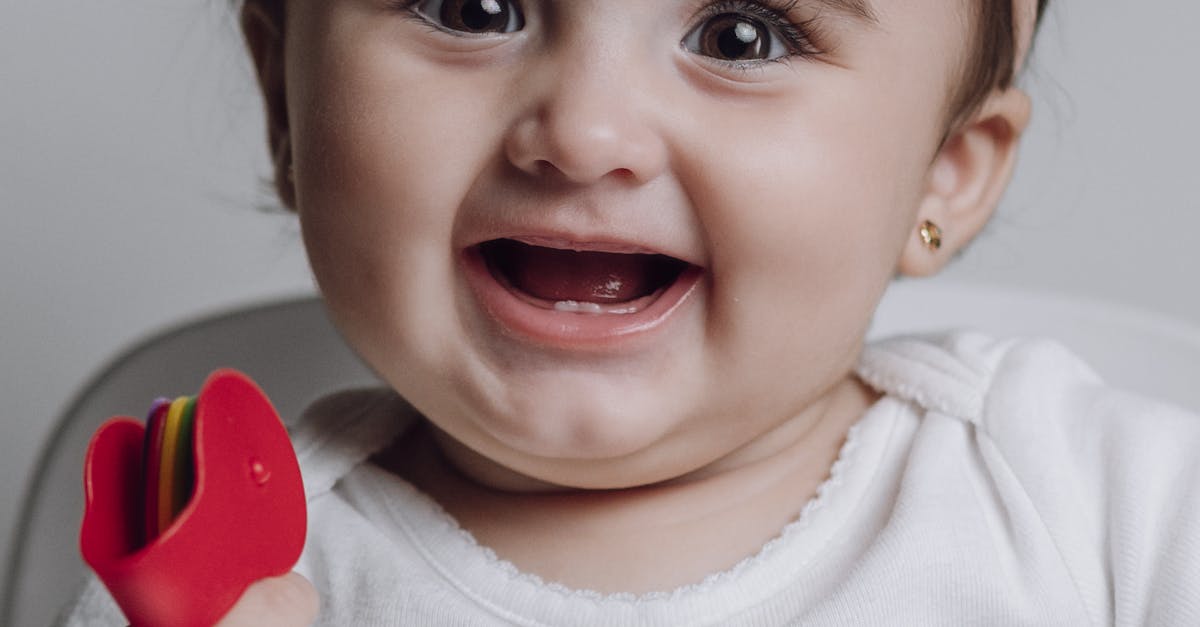
Incorporating activities that are meaningful to the child fosters motivation and encourages progress. Occupational therapists often collaborate with parents and educators to create consistent practice opportunities. This collaborative approach allows for reinforcement of skills in multiple settings, ensuring a well-rounded developmental experience. By addressing coordination difficulties early, children gain confidence and a greater ability to engage in various aEnhancing Balance and Coordination Through Play and Activitiesctivities, emerging with improved capabilities.
Support for children struggling with coordination Children facing challenges with hand-eye coordination may benefit significantly from tailored interventions. Occupational therapists can develop individualised strategies that target specific skills. These strategies often include fun activities designed to engage children in ways that feel natural and enjoyable. Incorporating games and sensory play fosters development, allowing children to practice coordination in a supportive environment.Table Of Contents
Using Everyday Objects for Skill Development
Everyday items can serve as effective tools for developing balance and coordination skills. Simple objects such as chairs, pillows, and even large balls can be incorporated into various activities. For instance, standing on one leg while holding onto a kitchen counter can enhance stabilisation and strength. Activities like balancing a book on one’s head while walking provide an enjoyable challenge for improving posture and core stability.
Household Items as Training Tools
Many everyday items found in homes can serve as effective tools for enhancing balance and coordination. Items like chairs, cushions, and even towels can be utilised creatively in various exercises. For instance, balancing on a cushion engages stabilising muscles while providing a fun challenge. Using a chair as a prop for support during one-legged exercises allows individuals to gradually build confidence and stability before progressing to more challenging movements.
Incorporating these accessible tools can transform mundane household routines into engaging physical activities. Activities such as using a towel rolled up for balance practice encourage participants to focus on posture and control. Each household item offers unique opportunities to foster skill development, making it easy for individuals of all ages to integrate balance training seamlessly into their daily lives. This approach not only promotes physical fitness but also encourages a playful mindset towards movement and coordination.
The Impact of Age on Balance Abilities
adjust their movements accordingly.
Mobile applications also play a significant role in promoting coordination through interactive games and exercises. Many apps are specifically tailored for different age groups, making it easier for users to find suitable activities that match their ability levels. Features such as progress tracking and customizable workouts encourage regular practice, ensuring that individuals remain motivated. This blend of technology with physical movement not only makes training enjoyable but also presents opportunities to engage with friends or family, fostering a community around physical wellness.
Apps and Games that Promote CoordinationPrivacy Policy
s
The Role of Balance and Coordination in Gross Motor SkillsChallenges in Developing Balance and Coordination in Children
Promoting Balance and Coordination in Early Childhood Education
Strategies for Assessing Balance and Coordination in Child Psychology
Addressing Developmental Delays in Balance and Coordination
Understanding the Relationship Between Balance and Coordination in Children
Supporting Children with Balance and Coordination Difficulties
Activities to Improve Balance and Coordination in Children
Importance of Balance and Coordination in Child Development